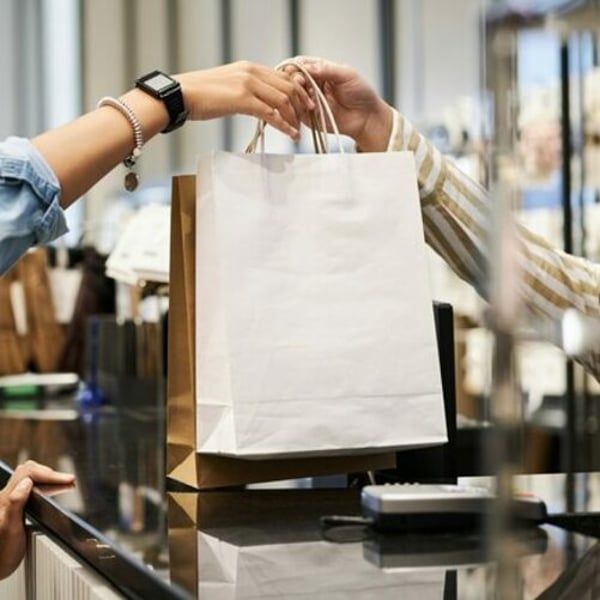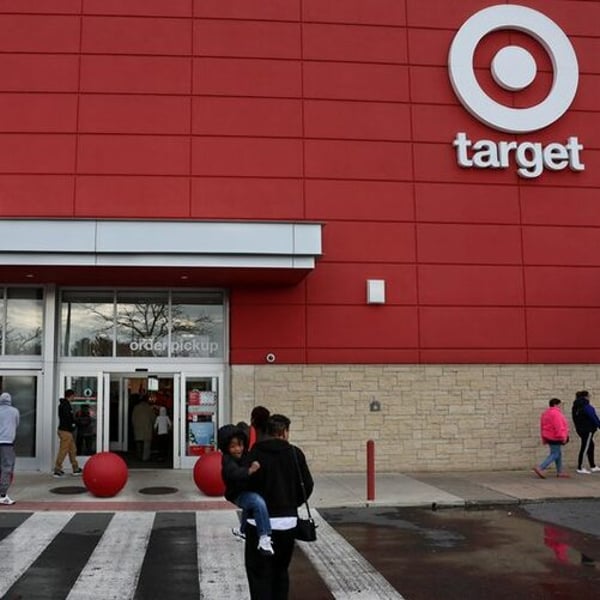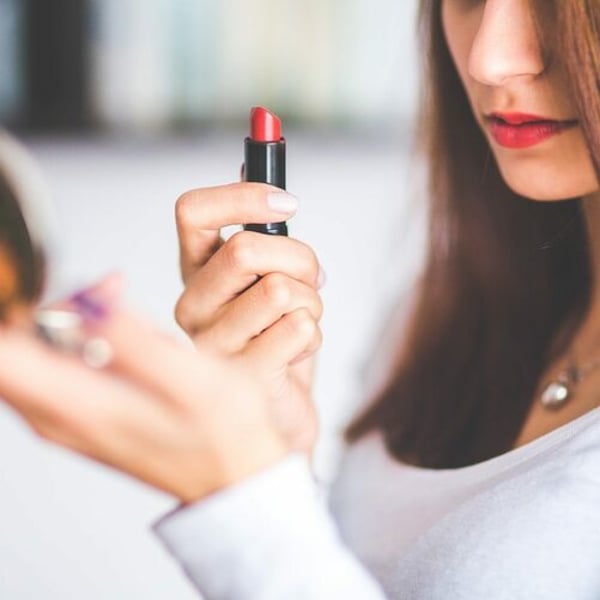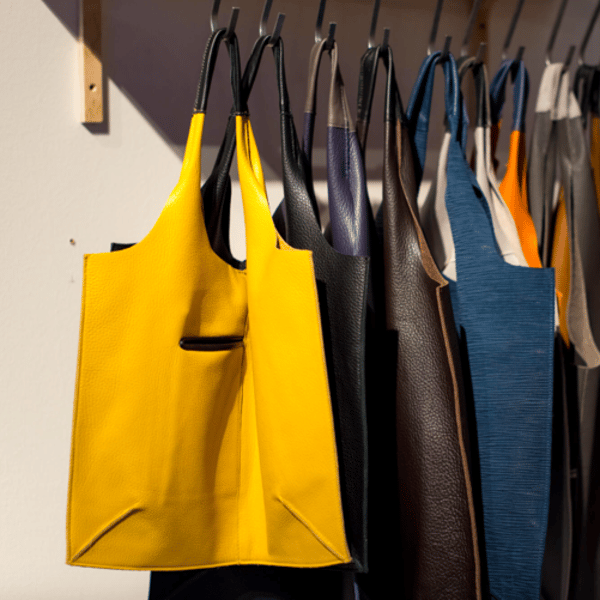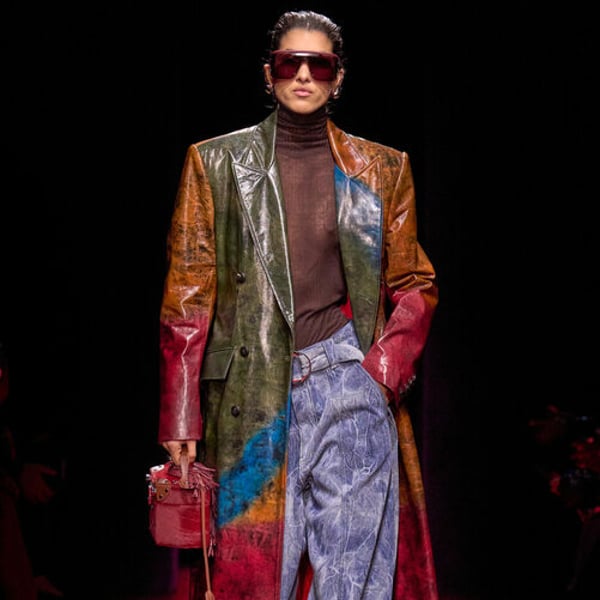Translated by
Nicola Mira
Published
September 26, 2024
How will consumers shop in 2025? This is the far-reaching question that trend-tracking firm WGSN addressed in a presentation at the Maison & Objet trade fair, held from 5 to 9 September at the Villepinte exhibition centre in Paris. The aim of WGSN’s study was to provide retailers and brands with clues on how to engage with their customers in the coming years.
During the pandemic and its immediate aftermath, spending on consumer goods was largely focused on essential products, but now consumers are more inclined to shop for new experiences, whether sporting or cultural. The success of the Paris 2024 Olympics and American pop superstar Taylor Swift’s European tour reflected this trend. A study by Eventbrite found that 54% of American consumers would prefer to receive a ticket to an experiential event than a physical gift.
Consumers are more interested in experiences
“Despite the general increase in the cost of living, consumers spent a lot of money on entertainment in 2023, eager to make up for lost time during the pandemic. Last year, US consumers spent $95 billion on movies and sporting events, 23% more than in 2022,” says Joe McDonnell, Head of Insights at WGSN, stressing that retailers can also benefit from this behaviour.
According to a study by the consultancy firm McKinsey, by 2027, 40% of retailers' profits will come from activities other than physical sales, such as the business generated by in-store cafés and bars, and even more so, for example, leisure products, food and immersive in-store experiences.
Stores will therefore become places to connect with consumers rather than places to shop, and shopping will be done primarily online. In Tokyo, for example, lifestyle brand Muji has opened a guesthouse fully stocked with its products. Similarly, British beauty brand Lush has partnered with the production company behind Wes Anderson’s TV series. Asteroid City Film to create a range of themed products including bath bombs, soaps and shower gels.
At the opposite end of the spectrum, in these anxious times when consumers are facing increasing financial pressure, some people go on a spending spree simply to forget their troubles. This phenomenon, also called “catastrophic spending,” results in buying large quantities of low-quality products, spending excessive amounts and causing countless returns.
Catastrophic spending
To counter this anxiety-related trend, WGSN suggested that retailers create a safe and joyful shopping environment for their customers. “Leverage colour psychology, self-expression, sensory shopping and interactive human connection to boost mood,” McDonnell advised. Another strategy is to encourage conscious shopping by raising awareness about excessive personal spending, introducing safeguards to limit multiple purchases without paying or spacing out repeat orders.
WGSN also noted that customers are increasingly interested in consuming sustainable products, but do not always know how to proceed, so they need help and guidance in their purchasing decisions. Another trend identified by the study was the growing importance that consumers place on belonging to a community of buyers. WGSN gave the example of Kiki World, a beauty brand whose users can vote on upcoming product launches, co-create collections and earn points for their contributions to the brand – points that can be redeemed for products.
Finally, the e-commerce landscape has reinforced consumers' desire to get good deals and save money, a phenomenon that translates, for example, into an attraction to “dupe” products – cheaper products that look similar to branded ones. The study suggests that brands and retailers, rather than focusing solely on price, should innovate by developing rewards programs and subscription schemes.
Copyright © 2024 FashionNetwork.com All rights reserved.

